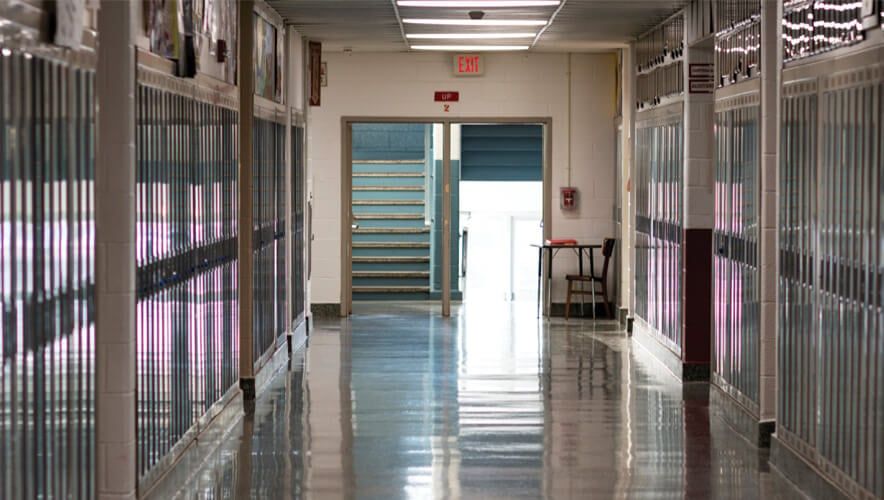Designing Better School Lockdown Drills
Should lockdown drills in schools be as commonplace as fire drills? In April, the Partner Alliance for Safer Schools (PASS) released its guidance document PASS Recommendations for Appropriate Drills: Why They Are Essential to Every School Safety Program, which shares tips for lockdown drill design, content, and variables.
According to the document authors PASS Chairman Guy Grace, PASS Board Vice Chairman Mark Williams, and ASIS School Safety and Security Council Chair Mark Berger, “There are no standards around lockdown drills, and there is confusion around the difference between a drill and an exercise. That is the distinction we are drawing in the PASS white paper.”
Regarding increasingly realistic drills that simulate school violence to train students and staff on how to respond, Williams, Berger, and Grace caution against potentially traumatizing scenarios.
“We haven’t experienced loss of life from a school fire in over 60 years even though there are on average nearly 5,000 fires per year in our public schools,” they tell Security Management. “We don’t set our schools on fire to practice fire drills. There aren’t firefighters running through the building yelling at the staff and students. Rather, it is about practicing how to safely evacuate the building. There are many reasons for a lockdown drill. In a lockdown drill, we are not necessarily evacuating the building, and it is not necessarily due to an active shooter. These drills should be educational, not traumatic.”
PASS embraces a “Shelter–Evade–Defend–Care” approach to lockdowns, and drills should be designed so students and staff not in a classroom during a drill or incident know they have options on how to respond, Grace says.

“In sheltering, students and staff are hiding in classrooms and other workspaces typically behind locked doors,” he says. “If it is necessary to evade or run, it is important to know why you would choose the option evade or run to get away from the danger inside or outside the school. Defend is the third option if it is not possible to shelter or evade. Various options are taught in an age-appropriate way to defend or distract a threat. Care typically is rendering aid to others when one is safe; however, care can also be applied during the event such as leading others and safely comforting those who may be in fear.”
In its guidance, PASS shared seven key recommendations for designing and conducting school safety drills:
Purpose. Drills should be conducted in an educational manner, involving the practice and testing of established processes, procedures, and technologies. Avoid violent simulations that could traumatize participants.
Scheduling. Announce drills in advance to staff, students, and parents; do not conduct “surprise” drills.
Duration. School safety drills should be short and efficient.
Times and locations. Conduct drills at varying times of the school day—recess, passing period, lunch—and during after-hours activities such as athletics.
Evaluation. Debrief staff immediately after a drill to exchange feedback.
Frequency. Conduct at least two lockdown drills every school year, ideally within the first 20 days of the year and the first 20 days after winter break.
Drills vs. exercises. Exercises are mainly for first responders to test their training, so carefully select volunteers to participate without traumatizing them. Drills, on the other hand, involve most occupants of the facility to test processes, procedures, and technologies. “There are many reasons for a school going into lockdown,” Grace says. “Any situation that presents an immediate and ongoing danger to staff, students, and visitors can warrant a lockdown. PASS believes schools should be taking an all-hazards approach to the safety and security of their facilities.”
Safety awareness levels. Tailor drill design to desired levels of safety awareness, which vary depending on the developmental levels of students and capabilities of staff.
